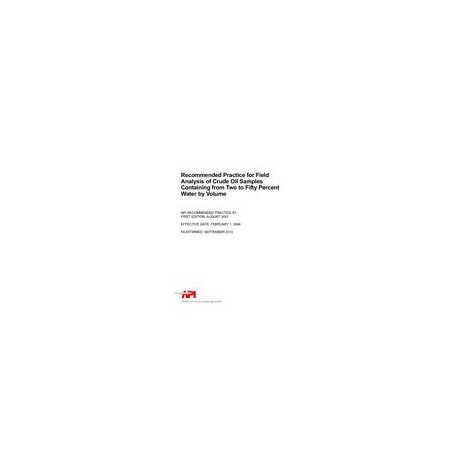Full Description
Scope
This document covers recommended information for an objective evaluation of an emerging or alternative energy storage technology by a potential user for any stationary application. Energy storage technologies are those that provide a means for the reversible storage of electrical energy, i.e., the device receives electrical energy and is able to discharge electrical energy at a later time. The storage medium may be electrochemical (e.g., batteries), kinetic (e.g., flywheels), electrostatic (e.g., electric double-layer capacitors [EDLCs]), thermal, compressed air, or some other medium. While many of the principles outlined in this recommended practice can be applied to a wide range of energy storage technologies, the primary focus is on stationary batteries. Devices recharged by non-electrical means, such as fuel cells, are beyond the scope of this document. For the purposes of this document, emerging technologies are defined as those technologies recently, or soon to be, made available for sale under customary commercial terms (e.g., defined scope-of-supply, warranted performance). Alternative technologies are those that are currently mature but are less well-known or as frequently deployed as traditional technologies such as lead-acid and nickel-cadmium batteries or pumped-storage hydro. Stationary applications include both standby service and cycling operation. The document provides a common basis for the expression of performance characteristics and the treatment of life-testing data. A standard approach for analysis of failure modes is also provided, including assessment of safety attributes. The intent of this document is to ensure that characterization information, including test conditions and limits of applicability, is sufficiently complete to allow valid comparisons to be made. The document does not specify test methods, minimum requirements, or pass/fail criteria. This recommended practice does not describe individual energy storage technologies, nor does it provide guidance on their suitability for a particular application. This document does not cover sizing, installation, maintenance, and testing techniques, except insofar as they may influence the evaluation of a technology for its intended application.
Purpose
This recommended practice describes a format for the characterization of emerging or alternative energy storage technologies in terms of performance, service life, and safety attributes. This format provides a framework for developers to describe their products. The resulting information assists users in evaluating the possible application of emerging or alternative energy storage technologies.
Abstract
Revision Standard - Active.Recommended information for an objective evaluation of an emerging or alternative energy storage device or system by a potential user for any stationary application is covered in this document. Energy storage technologies are those that provide a means for the reversible storage of electrical energy, i.e., the device receives electrical energy and is able to discharge electrical energy at a later time. The storage medium may be electrochemical (e.g., batteries), kinetic (e.g., flywheels), electrostatic (e.g., electric double-layer capacitors), thermal, compressed air, or some other medium. Devices recharged by non-electrical means, such as fuel cells, are beyond the scope of this document. The document provides a common basis for the expression of performance characteristics and the treatment of life-testing data. A standard approach for analysis of failure modes is also provided, including assessment of safety attributes. The intent of this document is to ensure that characterization information, including test conditions and limits of applicability, is sufficiently complete to allow valid comparisons to be made.
 View larger
View larger  View larger
View larger 
